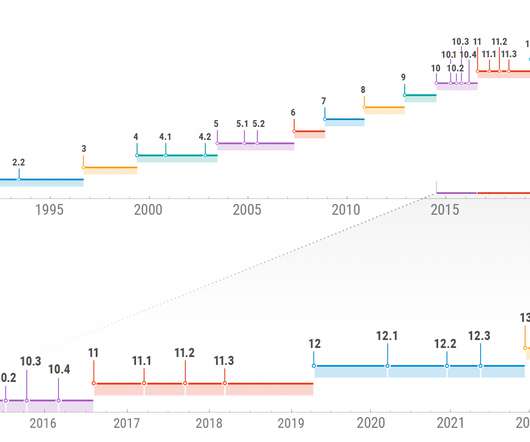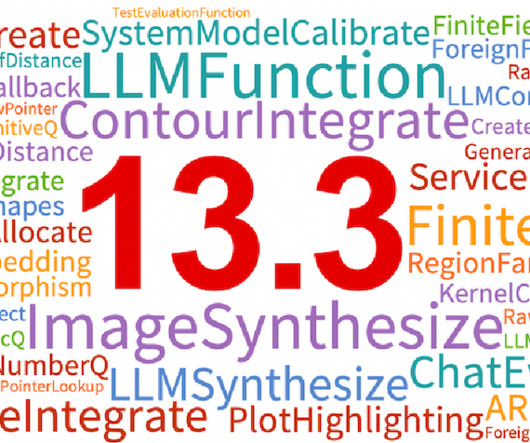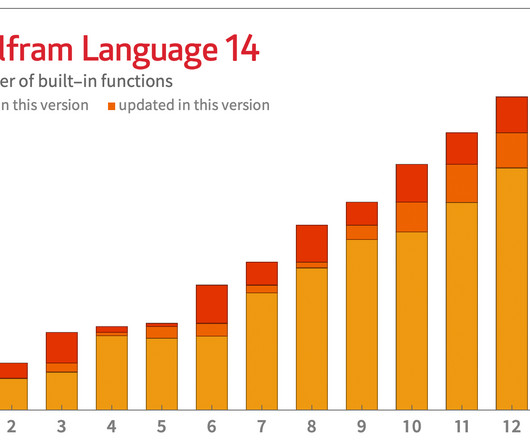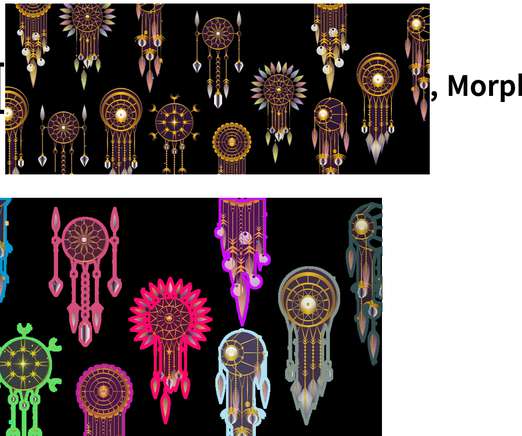What should mathematics majors know about computing, and when should they know it?
Robert Talbert, Ph.D.
FEBRUARY 10, 2023
As I teach my Linear Algebra and Differential Equations class this semester, which uses more computing than ever, I'm thinking even more about these topics. The computer is a tool for studying mathematical ideas in the same sense that a microscope is for studying biology and a telescope is for studying astronomy.












Let's personalize your content